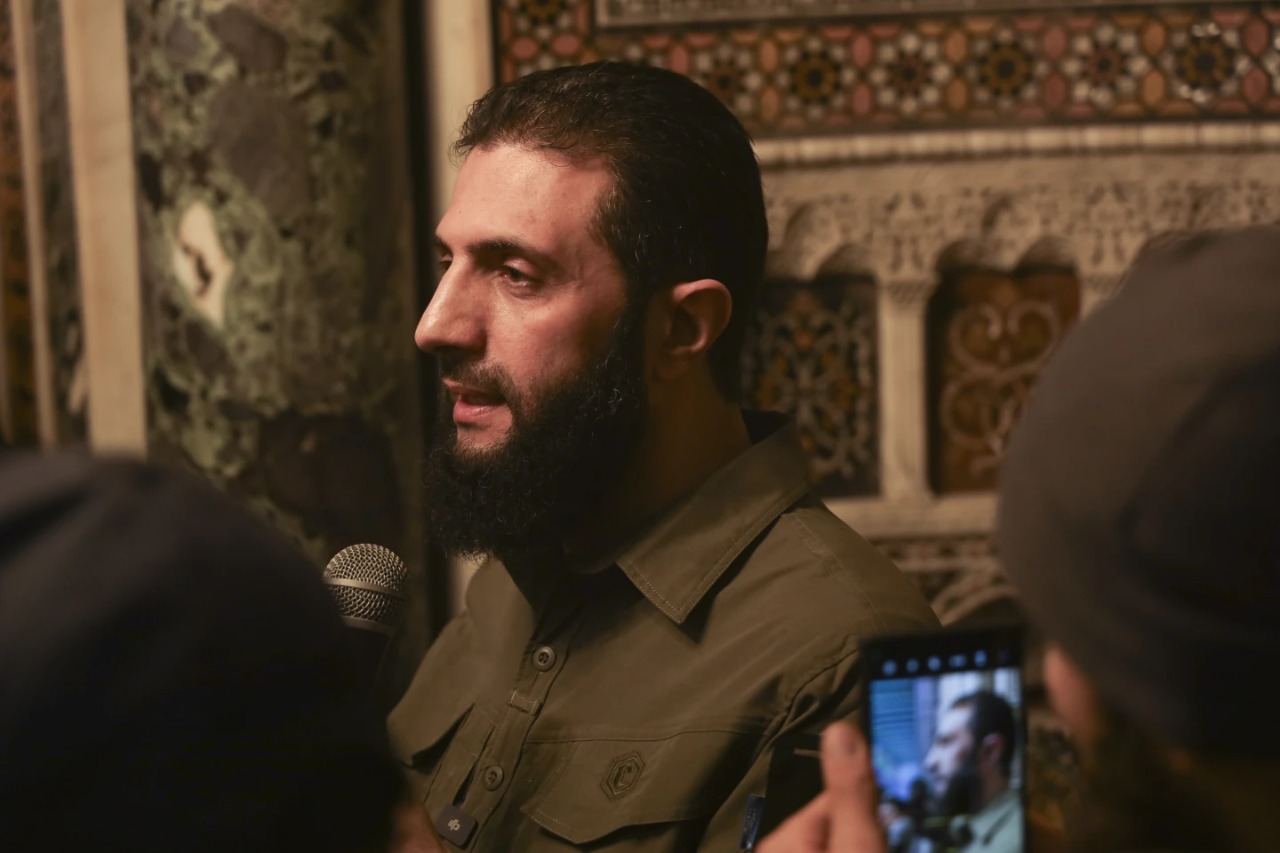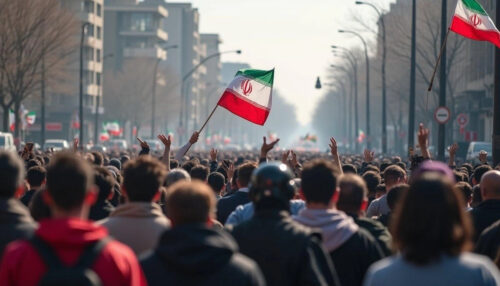
Who is the leader of the militants in Syria and what reputation does he enjoy?
Abu Mohammed al-Golani, the militant leader whose stunning insurgency toppled Syria’s President Bashar Assad, has spent years working to remake his public image, renouncing longtime ties to al-Qaida and depicting himself as a champion of pluralism and tolerance. As he entered Damascus behind his victorious fighters Sunday, he even dropped his nom de guerre and referred to himself with his real name, Ahmad al-Sharaa, The Associated Press writes.
As noted, the extent of that transformation from jihadi extremist to would-be state builder is now put to the test.
Insurgents control Damascus, Assad has fled into hiding, and it is an open question how Syria will be governed.
Syria is home to multiple ethnic and religious communities, often pitted against each other by Assad’s state and years of war. Many of them fear the possibility that Sunni Islamist extremists will take over. The country is also fragmented among disparate armed factions, and foreign powers from Russia and Iran to the United States, Turkey and Israel all have their hands in the mix.
Hours after Damascus’ capture, the 42-year-old al-Sharaa made his first appearance in the city’s landmark Umayyad Mosque, declaring Assad’s fall “a victory for the Islamic nation.” A senior rebel commander, Anas Salkhadi, appeared on state TV to declare, “Our message to all the sects of Syria, is that we tell them that Syria is for everyone.”
Al-Sharaa, who has been labeled a terrorist by the United States, and his insurgent force, Hayat Tahrir al-Sham, or HTS – many of whose fighters are jihadis — now stand to be a major player.
For years, al-Sharaa worked to consolidate power, while bottled up in the province of Idlib in Syria’s northwest corner as Assad’s rule over much of the country appeared solid.
Throughout his rise through extremist ranks, al-Sharaa was only known by the jihadi nickname he adopted, Abu Mohammed al-Golani. His ties to al-Qaida stretch back to 2003, when he joined insurgents battling U.S. troops in Iraq.
In 2011, a popular uprising in Syria against Assad triggered a brutal government crackdown and led to all-out war. Al-Golani’s prominence grew when al-Baghdadi sent him to Syria to establish a branch of al-Qaida called the Nusra Front. The United States labeled the new group as a terrorist organization.
In his first interview in 2014, al-Golani kept his face covered, telling a reporter for Qatari network Al-Jazeera that he rejected political talks in Geneva to end the conflict. He said his goal was to see Syria ruled under Islamic law and made clear that there was no room for the country’s Alawite, Shiite, Druze and Christian minorities.
In 2016, al-Golani revealed his face to the public for the first time in a video message that announced his group was renaming itself Jabhat Fateh al-Sham -– the Syria Conquest Front — and cutting its ties to al-Qaida.
“This new organization has no affiliation to any external entity,” he said in the video, filmed wearing military garb and a turban.
A year later, his alliance rebranded again as Hayat Tahrir al-Sham -– meaning Organization for Liberating Syria.
In 2021, he said that his group posed no threat to the West and that sanctions imposed against it were unjust.


